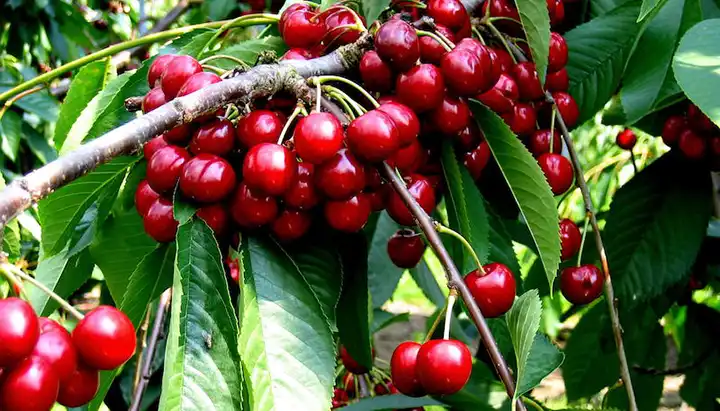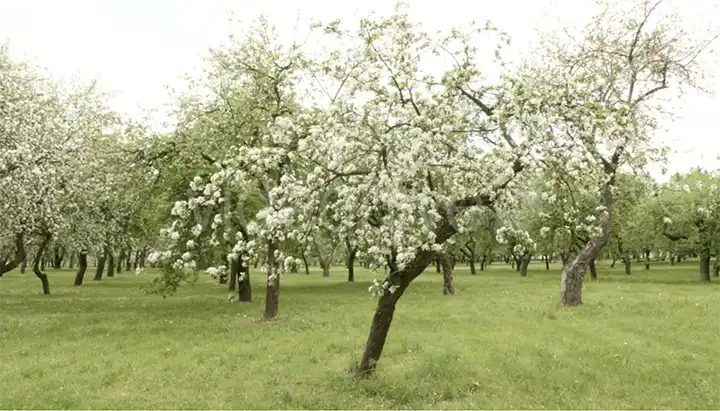How and When to Prune Hydrangea

Pruning hydrangeas is a vital part of their care routine, ensuring healthy growth and vibrant blooms. Understanding the different types of hydrangeas and their blooming patterns is key to determining when and how to prune them effectively.
Understanding Hydrangea Varieties
- Bigleaf Hydrangeas (Hydrangea macrophylla): These varieties include both mophead and lacecap hydrangeas. They typically bloom on old wood, which means the flower buds are set in late summer or fall for the following year’s blooms.
- Panicle Hydrangeas (Hydrangea paniculata): These hydrangeas bloom on new wood, meaning they set their buds in spring on the current season’s growth. They tend to bloom in late summer to early fall.
- Smooth Hydrangeas (Hydrangea arborescens): This variety, including the popular ‘Annabelle,’ blooms on new wood as well. They produce flower buds on the current season’s growth and bloom in summer.
- Oakleaf Hydrangeas (Hydrangea quercifolia): Oakleaf hydrangeas also bloom on old wood. Their flowers are cone-shaped and typically bloom in early to mid-summer.

When to Prune Hydrangeas
- Pruning Bigleaf Hydrangeas: Since they bloom on old wood, prune them right after flowering in late summer. Trimming too late can remove next year’s flower buds.
- Pruning Panicle Hydrangeas: These can be pruned in late winter or early spring before new growth begins. They bloom on new wood, so pruning during this time won’t affect the flowering.
- Pruning Smooth Hydrangeas: Like panicle hydrangeas, prune these in late winter or early spring. Cutting them back won’t impact their ability to bloom in the current season.
- Pruning Oakleaf Hydrangeas: These hydrangeas also bloom on old wood, so prune them right after flowering.

How to Prune Hydrangeas
- Remove Dead or Weak Stems: Start by removing any dead, damaged, or weak stems at the base of the plant. This helps improve airflow and encourages healthy growth.
- Prune Spent Blooms: For varieties that bloom on old wood, prune just below the spent blooms. Be cautious not to cut too far down as next year’s buds might be just below the faded flowers.
- Shaping and Size Control: To control the size and shape of the hydrangea, selectively prune branches to maintain the desired form. Avoid drastic pruning, especially for varieties that bloom on old wood.
- Tools and Technique: Use sharp, clean pruning shears to make precise cuts. Cut at a 45-degree angle just above a set of healthy buds or a junction with another branch.
Pruning hydrangeas can vary depending on the specific variety and their blooming patterns. Understanding when your hydrangeas bloom and whether they flower on old or new wood is crucial in determining the appropriate pruning time and technique. By following these guidelines, you can ensure your hydrangeas thrive and produce beautiful blooms year after year.
Inspired by this? Share the article with your friends!


















